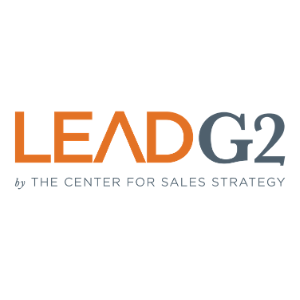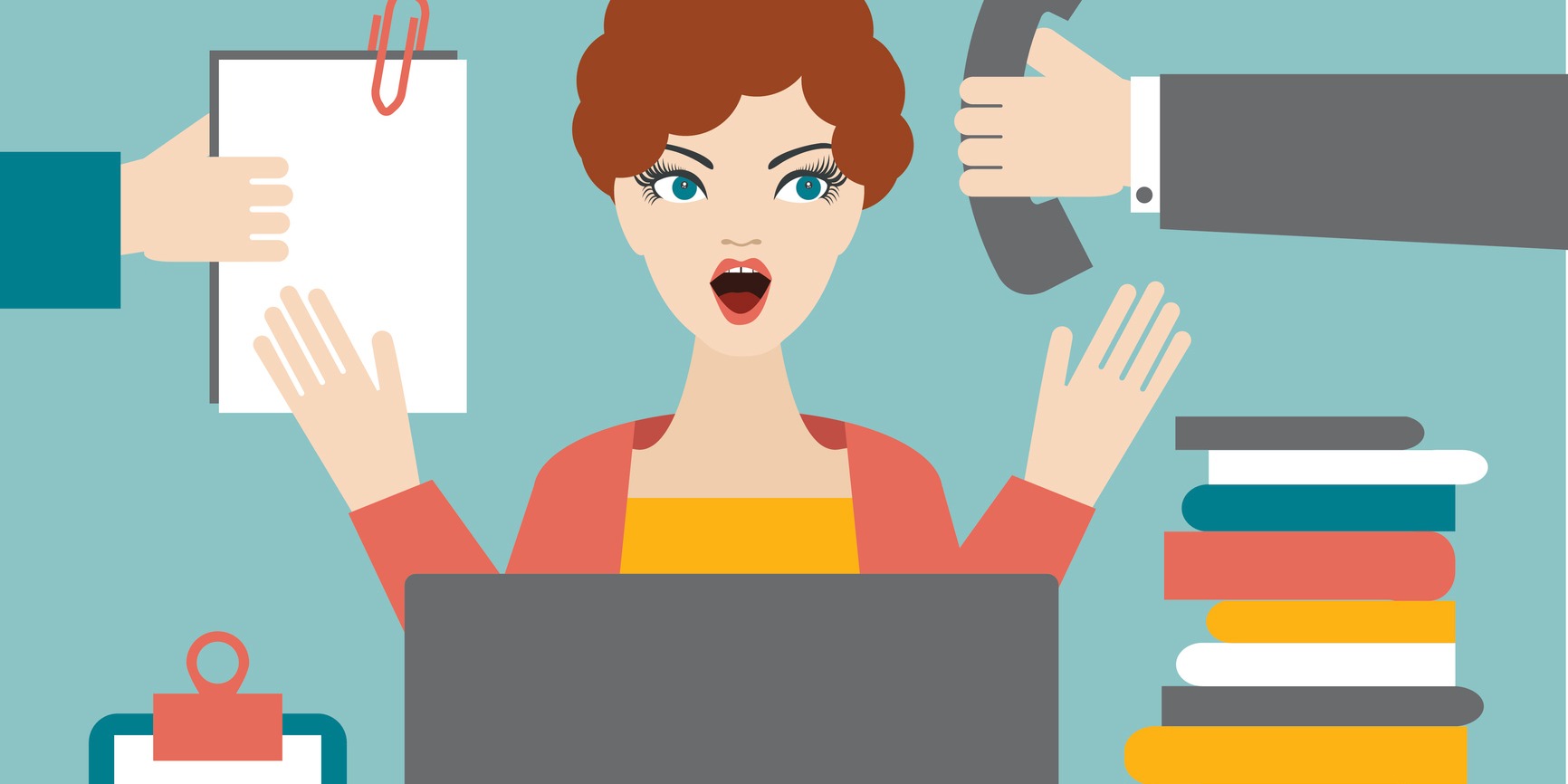Inbound Marketing: The Answer to 3 of the Most Common PEO/HRO Marketing Problems
As the economy heats up and businesses are growing, business leaders are seeking ways to take advantage of market opportunities and maximize their...
4 min read
 LeadG2
:
October 29, 2019
LeadG2
:
October 29, 2019


As recent as 10 years ago, marketers wouldn’t have used the terms ‘inbound’ and ‘outbound’ to differentiate marketing strategies and tactics. Marketing all fell under one umbrella, and the idea of separating the two was really just in its infancy in many ways.
Because of the vastness of the internet and its ability to connect people to any kind of information they want at any given moment, it has become important to understand not only the differences between these traditional, outbound methods of advertising and promotion, and the newer—largely digital—inbound strategies, but also how these two types of marketing can work together.
When the internet evolved into the ever-present force that we know today, it provided consumers and buyers with the ability to research their problems and solutions much more quickly and easily. With that, people and brands began to distribute content at a rapid pace filling the demand for content. This led to evolved expectations of buyers, and ultimately the birth of inbound marketing.
Inbound and outbound marketing has a number of differences, but much like peanut butter and jelly, both also function best when put to work together. Want to know the differences between inbound and outbound marketing? Below are a few things marketers should understand about outbound vs inbound marketing.
 Inbound and outbound marketing have a number of differences, and while some inbound marketing advocates will argue inbound can replace outbound – it’s our belief that the most successful brands are actually utilizing both inbound and outbound strategies together.
Inbound and outbound marketing have a number of differences, and while some inbound marketing advocates will argue inbound can replace outbound – it’s our belief that the most successful brands are actually utilizing both inbound and outbound strategies together.
To simply answer the question, no, outbound marketing is not dead. Even HubSpot, who coined the term ‘inbound marketing,’ changed its opinion on ads, noting: “If you’re not using ads in your marketing mix today, you’re likely not doing everything you can to provide customers with helpful, relevant content at every stage of the buyer’s journey.”
Outbound marketing is really best described as the pushing out of ads or messaging to your desired audience and typically in a place where they are engaging in another activity. This is typically in the forms of advertising – both on and offline. This kind of advertising is more about casting a wider net based on a particular audience and hoping to connect with the ones who resonate with your message. Some examples of outbound marketing tactics include:
While it’s a sales strategy, not a marketing tactic, I would also put outbound sales efforts under this category. So, any sales organization that relies on salespeople to uncover and approach (cold call) potential customers is an example of an outbound approach.
This form of advertising has been around for generations and continues to evolve with each new advancement in technology. This type of advertising can provide organizations with several benefits, such as:
As technology and consumer tastes change, outbound marketers have had to keep pace. The shift towards streaming services, like Hulu, for example, has brought in new types of promotional opportunities and channels to take into account. Similarly, the digital world has opened up entirely new forms of outbound promotions, including social media and search ads. Professionals have also become increasingly adept at interpreting demographic data and creating more targeted promotions.
However, “traditional” media – like local radio and TV – continue to prove their ability to deliver ROI for local advertisers by evolving their ability to connect businesses with consumers in meaningful ways.
Outbound marketing puts your brand in front of your target audience wherever they may be. Inbound marketing, on the other hand, describes marketing where the consumer takes the first step and comes to you. They realize they have a problem, interest, or need and begin to research it, generally online. They use search engines, social media, and recommendations from friends and family to learn more.
Since this form of marketing focuses on engaging with customers actively looking for solutions, it often involves using strategies such as:
However, in addition to the most common tactics listed above, inbound marketing is also used in offline tactics like public speaking or publishing a book, and more. At the heart of inbound marketing is the creation of compelling content that helps build thought leadership and answers the questions and addresses the concerns and interests of your target audience.
The focus of an inbound marketing strategy tends to be presenting the brand as a solution to the prospect’s problem by being educational, consultative, credible, and/or interesting. Inbound marketing helps with achieving the following results:
As technology has evolved, the strategies and capabilities of inbound marketing have as well. Inbound marketing is typically driven by a marketing automation platform that allows for the distribution and tracking of this content across channels. It also provides sophisticated analytics and lead intelligence that enables both marketers and salespeople to work smarter and faster.
Inbound marketing, overall, can create a more intimate or one-on-one experience with prospects and current customers alike. It’s about building relationships earlier in the buyer’s journey and genuinely being of help to your target audience. If the intention isn’t to truly be educational and to create strategic, relevant content – then you’re not effectively doing inbound marketing.
Inbound marketing and outbound marketing have different starting points, one the brand initiates and the other the consumer. Together, however, they can have a powerful impact on how an organization is perceived. Outbound marketing, for example, with its emphasis on building brand exposure and familiarity, will encourage people to learn more about a business or specific product or service. When people see the brand appear in search results on the search engines, they will recognize the name, making them more inclined to click. Thus, it boosts inbound marketing efforts. One study found that brand affinity can increase click-through rates by 2-3x.
Outbound efforts are also incredibly effective when used to promote the inbound content created for your lead generation efforts. Advertising can increase the traffic and eyeballs to your new eBook or webinar, and therefore it provides you with a powerful call-to-action to use across media while you’re reaching more people than you would organically.
Marketing has changed dramatically over the past few decades, and it will continue to change. We consider this not only our job at LeadG2 (to keep up with the trends and evolve our services and solutions to address these) but also our passion. It starts, in my humble opinion, with truly understanding the different between inbound and outbound and building a plan that incorporates both in an integrated way for your unique brand.

As the economy heats up and businesses are growing, business leaders are seeking ways to take advantage of market opportunities and maximize their...

79% of the United States population has a social media profile. "Our industry doesn't use social media" is no longer an excuse. If 79% of the...

It's Thanksgiving week, which is a time to reflect on all of the things that make you happy, contribute to your success, and help you to grow. So in...